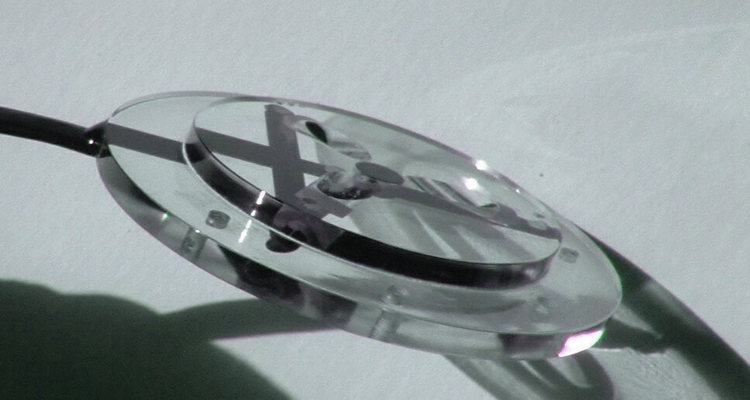How insertion loss is measured...


Different series for different case options and different temperature range...
The first thing to do is to select the highest emitting frequency as possible, as the highest emitting frequency gives the best spatial resolution. But unfortunately, the highest emitting frequency can often not the best choice, because:

If the probe must be used in a high magnetic field environment (few Tesla) it is recommended to use the
option "Deported matching impedance".
The reason comes from the fact that a high magnetic field may
influence the inductive components used to match the electrical impedance of the piezo to the instrument.
For such a probe the electrical matching components are located in a small stainless steel tube placed
close to the BNC connector of the probe.



In case you do not find the transducer you need, especially if you need a particular case, do not hesitate to ask for a quote. We often offer and realize custom probes and no additional cost.